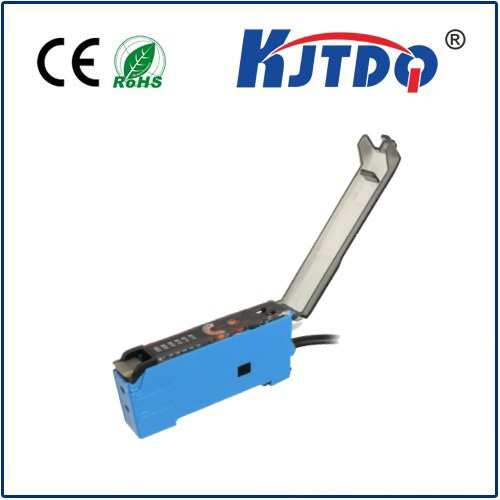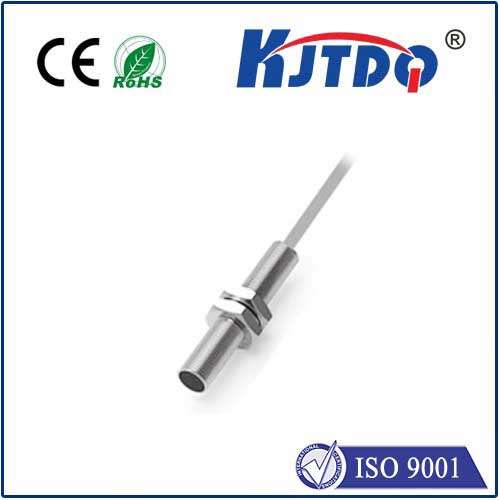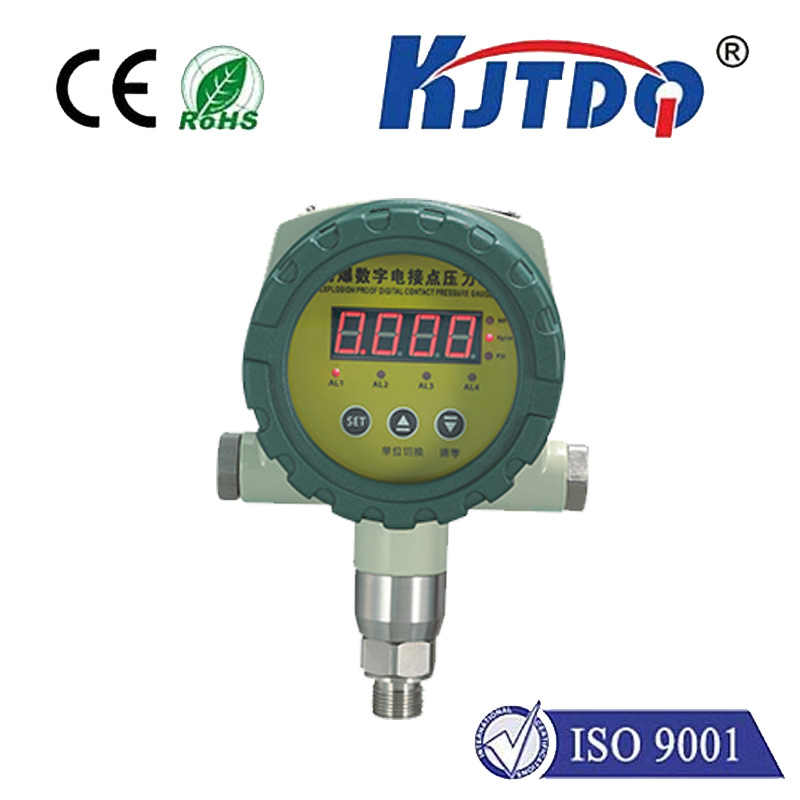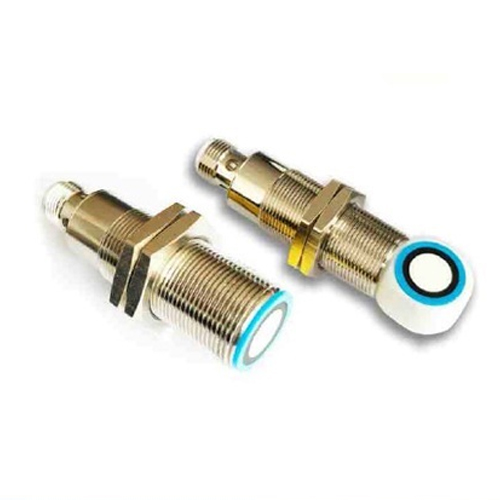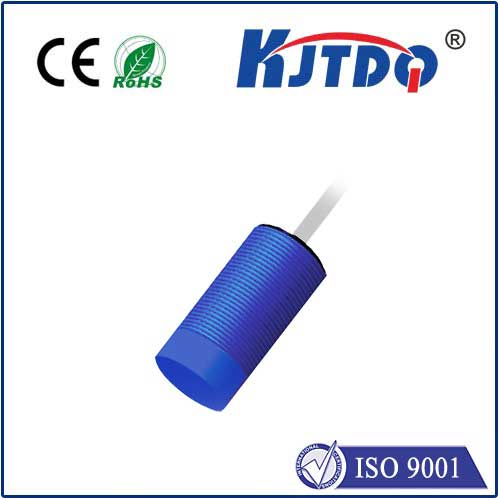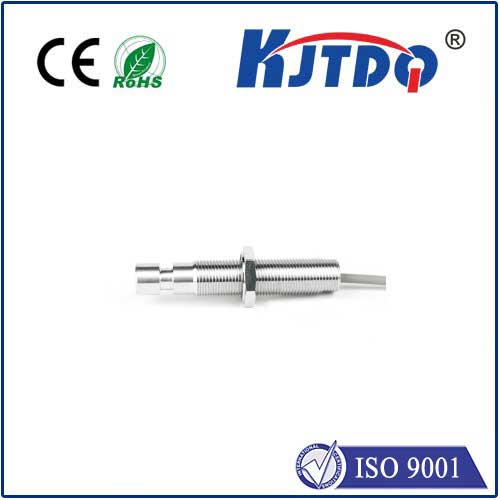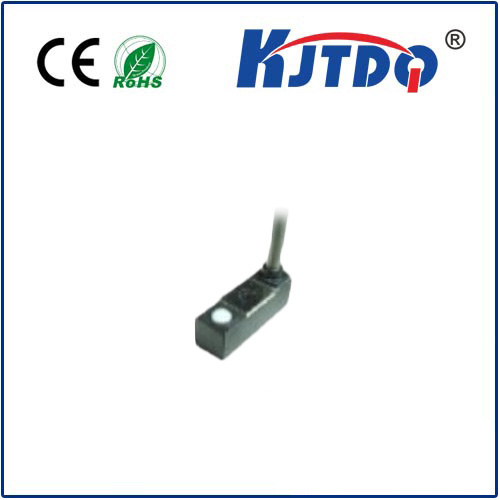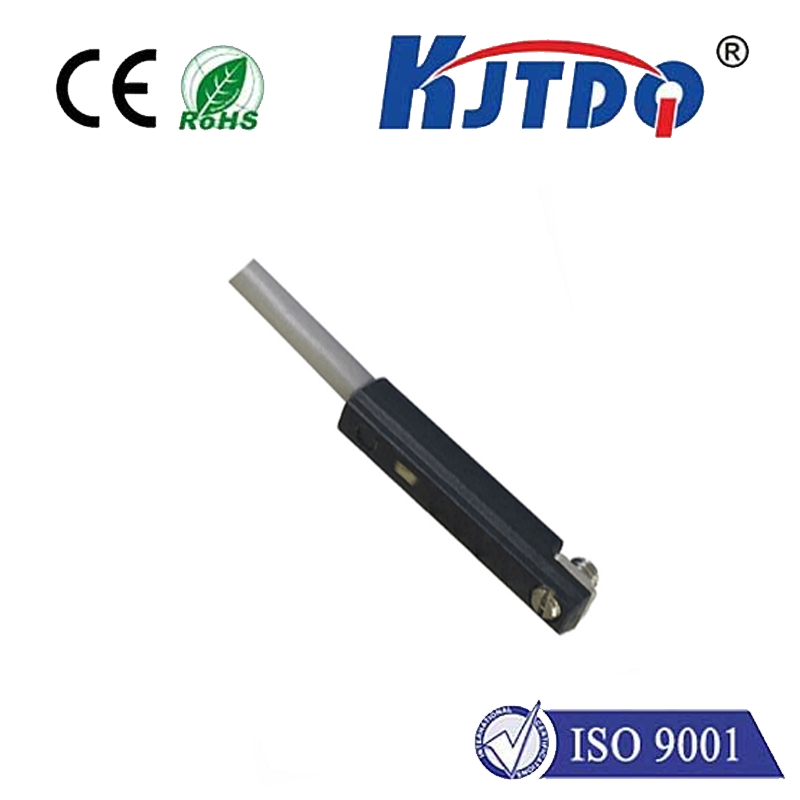wifi tilt sensor
- time:2025-08-13 16:22:21
- Нажмите:0
Unlock Remote Monitoring: The Power of WiFi Tilt Sensors for Real-Time Awareness
Imagine a critical bridge subtly shifting after heavy rains, heavy machinery in a factory vibrating out of alignment, or a priceless sculpture gradually tilting in a museum. Catching these minute, yet potentially catastrophic, changes before they escalate has always been a challenge requiring constant vigilance. Enter the WiFi tilt sensor, a revolutionary device transforming how we monitor orientation and movement in assets, structures, and equipment. By seamlessly integrating precise tilt measurement with ubiquitous WiFi connectivity, these sensors deliver unparalleled real-time awareness, enabling proactive maintenance, preventing costly damage, and unlocking new levels of operational intelligence – all without extensive cabling or manual checks.
Understanding the Core: What is a Tilt Sensor?
At its heart, a tilt sensor (or inclinometer) measures the angle of an object relative to the earth’s gravity. Traditionally, these sensors relied on mercury switches, pendulums, or potentiometers. Modern digital tilt sensors, however, leverage sophisticated technologies like MEMS (Micro-Electro-Mechanical Systems) accelerometers. These incredibly small, solid-state devices contain microscopic structures that deflect under the force of gravity. This deflection generates an electrical signal proportional to the angle of tilt. MEMS sensors are prized for their robustness, small size, low power consumption, and high accuracy, capable of detecting changes down to fractions of a degree.
The Game-Changer: Integrating WiFi Connectivity

While sensing tilt is powerful, the true innovation of the WiFi tilt sensor lies in its communication capability. Instead of requiring complex wiring, dedicated gateways, or manual data downloads, these sensors directly connect to existing WiFi networks. This integration offers profound advantages:
- Effortless Deployment & Scalability: Forget running cables through walls or across factory floors. Simply mount the sensor and configure its WiFi credentials. This plug-and-play nature makes deploying dozens or even hundreds of sensors across vast areas incredibly simple and cost-effective. Scaling up your monitoring network is as easy as adding another sensor to the WiFi.
- Real-Time Alerts & Continuous Monitoring: The defining benefit. Data isn’t stored locally for later collection; it’s streamed live over WiFi to a cloud platform or local server. This enables immediate notification (via SMS, email, app alerts) the moment a dangerous tilt threshold is exceeded. Imagine receiving an alert seconds after a rack in a warehouse starts leaning or construction equipment experiences unexpected movement – enabling rapid intervention before disaster strikes.
- Centralized Data Access & Analysis: All sensor data converges onto a central dashboard accessible from any internet-connected device – a smartphone, tablet, or computer. This provides a holistic, real-time view of the status of multiple assets or structures simultaneously. Users can analyze historical trends, identify patterns, and make data-driven decisions about maintenance or corrective actions. No more field visits just to download logs.
- Remote Management: Configure sensor parameters (like sampling rate, alert thresholds, sensitivity) remotely via the cloud interface. Apply firmware updates over-the-air (OTA). This eliminates the need for physical access once the sensor is installed, drastically reducing maintenance overhead, especially for sensors in hard-to-reach or hazardous locations.
- Leveraging Existing Infrastructure: Utilizing existing enterprise or industrial WiFi networks minimizes additional infrastructure cost and complexity. While network coverage and reliability are crucial considerations, most modern facilities are already equipped with robust WiFi, making adoption straightforward.
Where WiFi Tilt Sensors Drive Impact: Key Applications
The fusion of precise tilt detection and wireless, real-time communication unlocks transformative applications across diverse sectors:
- Structural Health Monitoring (SHM): Continuously monitor bridges, dams, historical buildings, towers, and retaining walls for subtle settlement, shifting, or unusual vibration. Early detection of movement indicative of foundation problems or structural fatigue is critical for public safety and preventative maintenance.
- Industrial Machinery & Equipment: Detect misalignment in large machinery, presses, CNC machines, or turbines. Monitor the orientation of critical components. Prevent catastrophic failures by alerting to abnormal vibrations or shifts that could signal bearing wear, imbalance, or impending breakdowns. Essential for predictive maintenance strategies.
- Warehouse & Logistics: Monitor the stability of high-bay storage racks to prevent dangerous collapses. Ensure loading docks and ramps are level for safe forklift operation. Track the orientation of sensitive or high-value goods during transport or storage.
- Construction & Site Safety: Monitor the stability of cranes, scaffolding, excavation walls, and temporary structures. Ensure heavy equipment on slopes operates within safe angles. Provides vital safety assurance on dynamic construction sites.
- Museum & Artifact Preservation: Safeguard priceless artifacts and sculptures by detecting even minute, gradual tilting that could compromise their integrity or indicate environmental issues.
- HVAC & Infrastructure: Monitor the alignment of large cooling towers, solar panels, or satellite dishes to ensure optimal performance. Track tilt in pipelines on unstable terrain.
- Research & Environmental Monitoring: Deploy sensors on glaciers, landslide-prone slopes, or experimental structures to gather long-term tilt data transmitted wirelessly for analysis.
Maximizing Value: Considerations and Key Features
When selecting a WiFi tilt sensor, focusing on these critical features ensures optimal performance and return on investment:
- Measurement Range & Accuracy: Define the maximum angles you need to measure (±15°, ±30°, ±90°, etc.) and the required precision (e.g., ±0.1°). Higher accuracy sensors are crucial for SHM or precision machinery.
- Axis of Measurement: Most sensors offer single-axis (tilting along one plane) or dual-axis (simultaneous pitch and roll) measurement. Choose based on application complexity. Dual-axis sensors offer a more complete picture of orientation.
- Robustness & Environmental Rating: Industrial sensors demand high IP ratings (e.g., IP65, IP67) for dust and water resistance. Wide operating temperature ranges (-40°C to +85°C) are essential for harsh environments.
- Power Source & Battery Life: Options include long-life lithium batteries (3-5+ years with optimized reporting intervals) or external power sources. Battery life is a key operational consideration impacting maintenance frequency.
- Data Reporting Flexibility: Configure how often data is sent (sampling rate) and the Тип of alerts (immediate threshold breach, periodic updates, change detection). Look for solutions offering versatile programming options.
- Cloud Platform & Visualization: A powerful, intuitive cloud dashboard is vital. Ensure it provides customizable dashboards, real-time data streams, historical trend analysis, configurable alerts, user management, and easy data export. The quality of this interface directly impacts usability and insight generation.
- Security: Data transmission over WiFi must be secured using robust protocols (WPA2/WPA3 Enterprise, TLS encryption). Device authentication and secure cloud access are non-negotiable.
The Future is Tilted Towards Connectivity
WiFi tilt sensors represent a pivotal shift from reactive, manual inspections to proactive, continuous, and intelligent monitoring. By delivering critical orientation data instantly and wirelessly, they empower organizations across industries to enhance safety, optimize operations, prevent costly downtime, extend asset lifespans, and make smarter decisions based on live, actionable insights. As WiFi networks become even more reliable and pervasive, and sensor technology continues to advance, the adoption and impact of these versatile devices will only accelerate, solidifying their role as a cornerstone of modern infrastructure and industrial management. Embrace the tilt towards smarter, safer, and more efficient monitoring.

